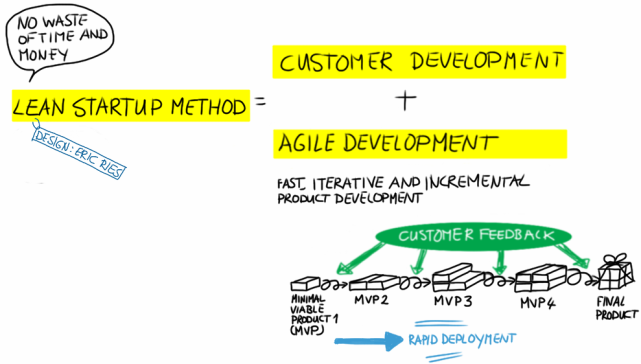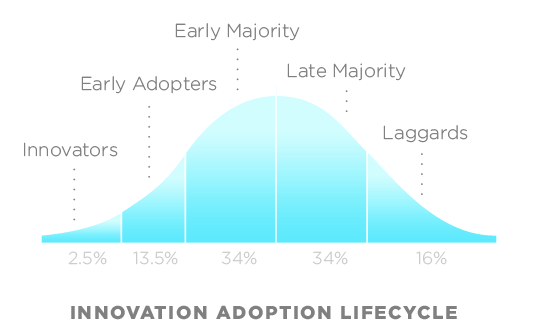Planning your Business and Product
In this PowerPoint I’m going to cover some of the basics of Entrepreneurship in the indie games market. Most of what I will cover here will be based on self publishing your projects without help from a publisher, whom in many cases will handle a lot of the marketing and Selling part of your business for you.
Business Model Canvases
If you are going to be creating a business plan, it’s best in the games industry to keep it lean as to not waste too much time on it. For the most part in the games industry you will not be approaching standard investors with percentages of your company but approaching publishers with the game you’re making specifically, therefore when considering your publisher the product is more important than the company. They will want to see that your company is serious and capable though as part of the package.
So I recommend using a business model canvas to start off with rather than a full business plan and fill out a plan as you need to, but it will likely be very similar to other games companies.
I have a worksheet on Business Model Canvases here.
Software Product Development
In terms of development be LEAN You likely don’t have much budget as an indie studio which means you don’t have a lot of time to create value.
- There are 7 LEAN development principles
-
-
Eliminate waste
-
Build quality in
-
Create knowledge
-
Defer commitment
-
Deliver fast
-
Respect people
-
Optimize the whole
-
More in depth explanation of each point available here: Guiding Principles of Lean Development
!

As you can see the main principle is including customer feedback in your agile process.
Following these principles will hopefully get you to quickly deliver the main value of your game/product ASAP. And thus help you minimize time wastage before getting your product in front of people who have the ultimate say over whether it’s worth continuing or not.
If all of this is too much Get a Project Manager.
Marketing
Marketing is the act of getting the visage of your product into your potential customers head. In the early stage of building a community and likely the stage you guyss are in now, Your focus should be on building a community.
Much of marketing literature is based on brick and mortar shop tricks, like positioning your product on the correct shelf etc etc. This isn’t relevant to you guys specifically but the key points these exercises attempt to cover are.
-
Make the process for getting the product as streamlined as possible.
-
Make the product stand out and noticeable. — As much as I love them, the millionth PS1 style horror game on itch isn’t guaranteed to get a lot of clicks.
Community — Lifecycle
Have a Community Manager Try to build a discord community around your game. These people will likely act as your early adopters. And the primary audience for your game once it’s completed.
- Lifecycle of a community
-
-
Build a player community
-
Manage that community
-
Get buy in from that community (Ownership of the game)
-
Sell to that community
-
Optionally: go back to stage one for your next product to sell.
-
Community — Building
- How to build a community
-
-
Meet Ups
-
Networks (Online and Offline)
-
Conferences
-
Expos
-
Generally just interacting with your potential customer base is the best way to build an audience.
- With that in mind here are some expo costs from a few years back
-
-
GX Rezzed (London) Indie Stand £200 a day x 3 days = £600 Fitted out - no extra cost for equipment and stand
-
Games Developer Conference (SF) Indie Stand (3 x 3 foot) £500 a day x 3 days = £1500 - You pay for stand and kit
-
Sales — Website
You will likely also want a website to act as a landing page for your market to go to.
- The goals of that site should be fairly simple
-
-
Call to action
-
BUY NOW
-
PLAY NOW
-
-
Data Gathering/Community Building
-
SUBSCRIBE TO PLAY
-
JOIN OUR DISCORD/MAILING LIST, HERE IS OUR RSS/YOUTUBE DEVLOG
-
-
!
Banners with the primary action you want your users to take are usually the go to method of ensuring that.

This could include links to steam or itch.
Sales — Platforms
- Which leads me to list prices for these platforms
-
-
Itch
-
Takes 10% of price point per sale
-
£0.30 fee per sale
-
Paypal transaction fee £0.029
-
Option of pay what you want
-
-
Steam
-
Takes 5% of price point per sale
-
£0.01 fee per sale
-
£76.00 per game listed
-
-
You do have other options though these market places get smaller and smaller. If you use the Humble Widget to sell your game on your site for example you will get 95% of the proceeds. Though purchases directly through the humble store will only get you 75% of the proceeds.
Sales — Lifespan
Every product on the market will generally follow the bellcurve trend shown in the following image. This is generally called the innovation adoption life cycle. Though there are some more specific names based on sector.

Most of you guys are likely in the innovators stage if anywhere showing your product to individuals that you know. Most new businesses never make it to the early Majority stage before they fail.
!
To put it into more concrete terms. If you’re following the LEAN methodology your alpha or first MVP should be shown to your innovator market for feedback then when your early adopters arrive they should play your beta before your major release.
- Innovators
-
Consider rewarding innovators or early adopters for coming to your product early give your innovators free(ish) access to really early builds. Potentially with pay what you want for extremely early builds or free demos but only to a limited capacity level.
- Early Adopters and Beyond
-
But start charging full price at the early adopter stage. You’ll find that after the hype of that stage wears off you may need to start offering sales to keep the rest of the adoption curve coming in. This process of adapting the method of selling your product at different stages of the lifecycle is called segmenting your audience. And is the time practiced and proven method of making the most out of your audience.
!
- Finally NEVER under price
-
-
For the laggards and late majority you will probably have to sell your product at a considerably lower price.
-
The majority for indie games only buy when it is discounted.
-
Segmentation is important to staging.
-
Read this for more info: How to price your game and thrive during Steam sales